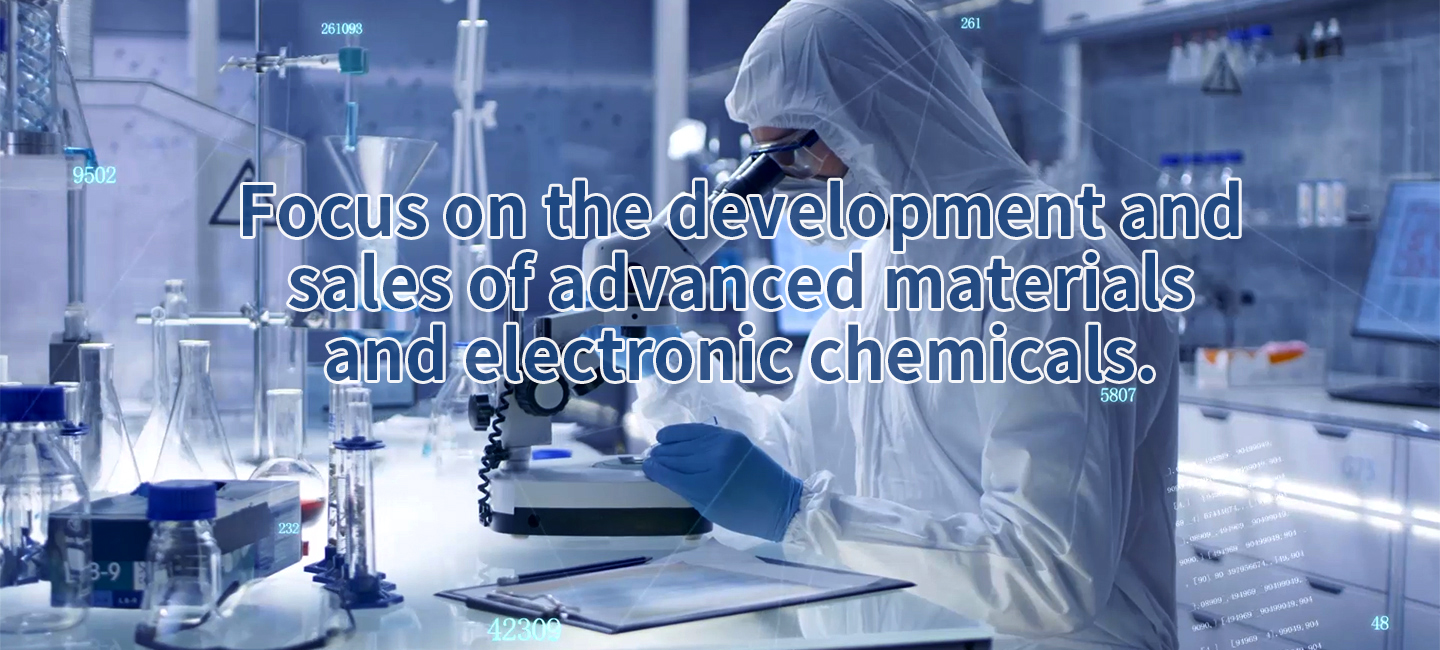The electronic chemicals industry is a vital segment of the global electronics market, encompassing a wide range of high-purity chemicals and materials essential for the manufacturing and processing of electronic components. This industry is experiencing significant growth, driven by advancements in technology and increasing demand for electronic devices.
Market Overview
As of 2023, the electronic chemicals and materials market was valued at approximately $59.1 billion and is projected to reach $77.8 billion by 2028, growing at a compound annual growth rate (CAGR) of 5.6%. This growth is largely attributed to the expanding microelectronics and semiconductor sectors, which rely heavily on specialized chemicals for processes such as semiconductor fabrication and circuit assembly.
Product Categories
The electronic chemicals market includes several crucial product categories:
Wet Chemicals: These are used in various processes such as cleaning, etching, and deposition. Examples include phosphoric acid, sulfuric acid, and ammonium hydroxide.
Specialty Gases: Essential for semiconductor manufacturing, these include silane and nitrogen.
Photoresists: Light-sensitive materials critical for photolithography in semiconductor manufacturing.
Conductive Polymers: Used in various electronic applications due to their electrical conductivity.
Low-K Dielectrics: Materials that reduce capacitance in integrated circuits, enhancing performance.
Driving Factors
Several factors are propelling the growth of the electronic chemicals industry:
1. Technological Advancements: Rapid innovations in electronics, particularly in areas like IoT (Internet of Things), AI (Artificial Intelligence), and 5G technology, are increasing the complexity and demand for high-performance electronic components.
2. Consumer Electronics Demand: The rising demand for smartphones, laptops, and other consumer electronics is a significant driver of growth in this sector.
3. Electric Vehicles: The surge in electric vehicle production is creating new opportunities for electronic chemical manufacturers as these vehicles require advanced materials for batteries and electronic systems.
4. Sustainability Trends: There is a growing emphasis on developing environmentally friendly electronic chemicals to comply with stringent regulations and reduce environmental impact.
Future Outlook
The electronic chemicals market is expected to continue its upward trajectory, with projections indicating it could reach around $113.39 billion by 2031, growing at a CAGR of approximately 6.06% from 2024 onwards. The ongoing miniaturization of electronic components necessitates ultra-high purity materials to ensure performance reliability, prompting significant investments in research and development within the industry.
In conclusion, the electronic chemicals industry plays a crucial role in supporting the burgeoning electronics sector. With continuous technological advancements and increasing consumer demands, this market presents substantial opportunities for growth and innovation in the coming years.
